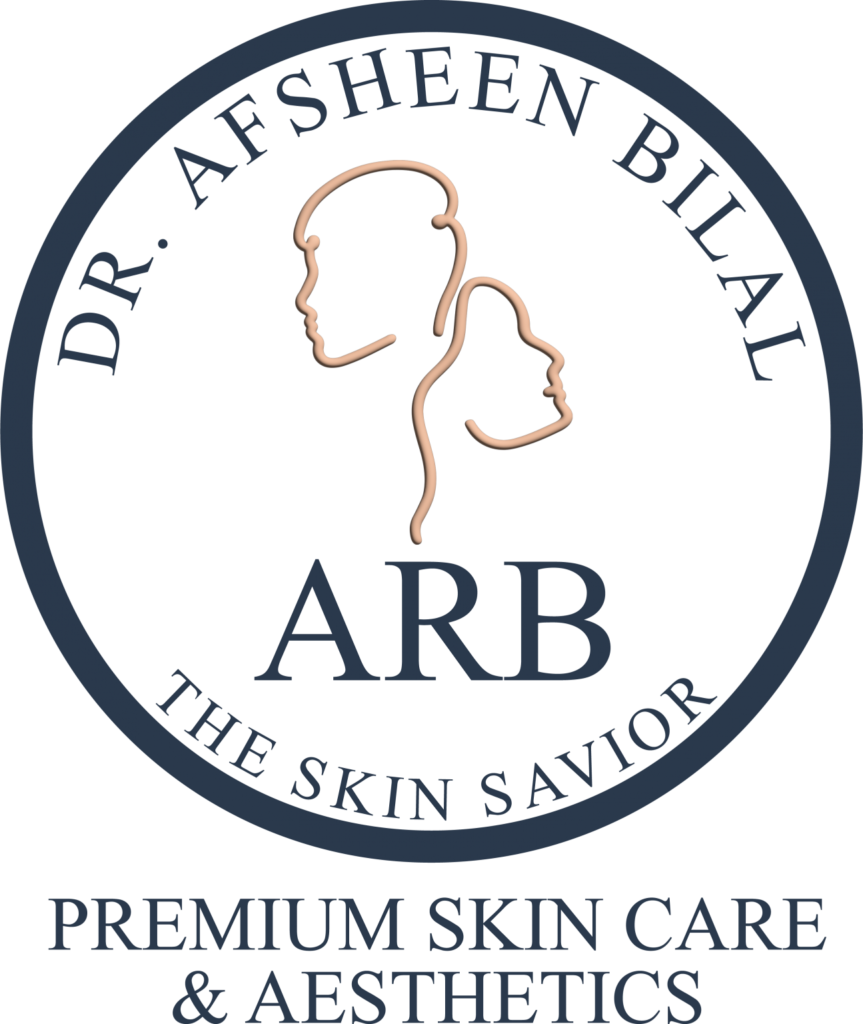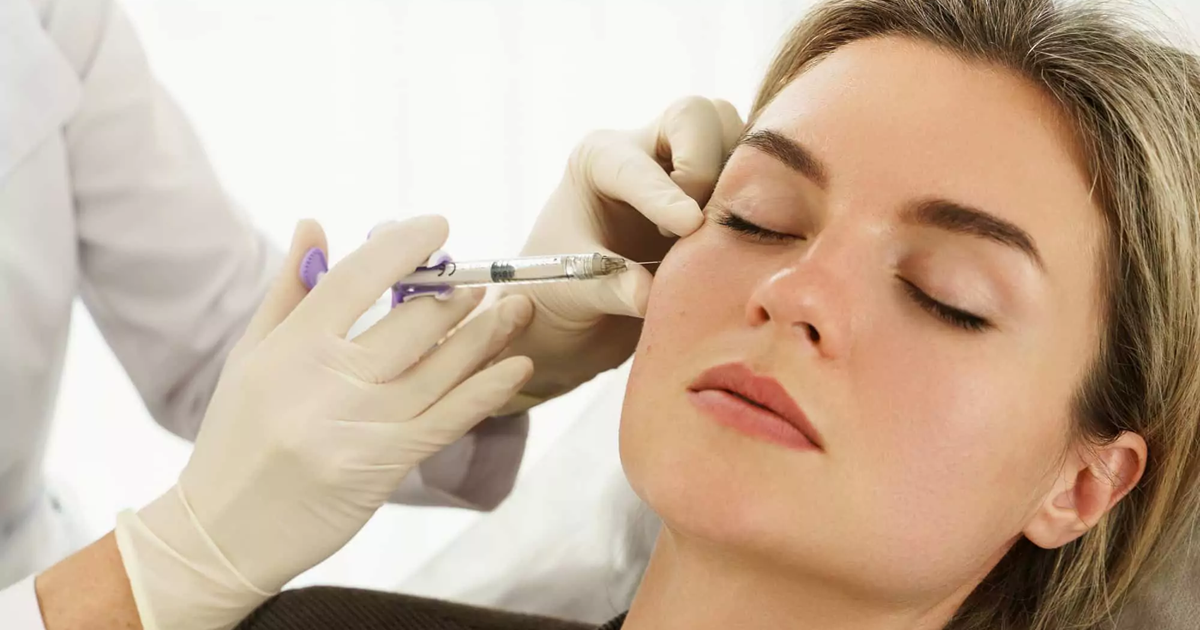Dermal fillers have revolutionized aesthetic medicine, offering non-surgical solutions for facial rejuvenation, volume restoration, and contour enhancement. But what makes modern fillers so effective? This blog explores the scientific advancements behind today’s most sophisticated dermal fillers, how they work, and why they deliver natural-looking, long-lasting results.
The evolution of filler technology represents one of the most significant breakthroughs in cosmetic dermatology. Unlike early collagen-based fillers that offered temporary solutions, today’s advanced formulations combine cutting-edge biochemistry with a deep understanding of facial anatomy to create subtle, transformative results. Modern fillers don’t just mask signs of aging – they work in harmony with your skin’s natural biology to restore youthful volume and structure.
What truly sets contemporary dermal fillers apart is their ability to address multiple aging concerns simultaneously. They can replenish lost volume in cheeks, smooth out nasolabial folds, enhance lip contours, and even improve skin quality – all while maintaining natural facial expressions. This multifunctional approach stems from years of clinical research into facial aging patterns and the development of specialized filler formulations for different facial zones.
The secret to their effectiveness lies in their sophisticated composition. Today’s fillers are engineered at the molecular level to mimic the skin’s natural extracellular matrix while resisting premature breakdown. Advanced manufacturing techniques allow for precise control over gel consistency, elasticity, and integration with surrounding tissues. This means practitioners can now customize treatments with unprecedented precision, tailoring each injection to the patient’s unique facial structure and aesthetic goals.
Moreover, the latest generation of fillers incorporates innovative technologies that go beyond simple volume replacement. Some stimulate collagen production for long-term improvements, while others contain local anesthetic for enhanced comfort during treatment. The development of hyaluronidase as an “antidote” to HA fillers has also significantly improved safety profiles, allowing for adjustments if needed.
How Dermal Fillers Work: The Basics
Dermal fillers are injectable gels designed to restore lost volume, smooth wrinkles, and enhance facial contours. Unlike neurotoxins (like Botox), which relax muscles to reduce dynamic wrinkles, fillers physically plump and restructure areas where collagen and fat have diminished with age.
Key Ingredients in Modern Fillers
Most advanced fillers use biocompatible substances that integrate seamlessly with skin tissue:
- Hyaluronic Acid (HA) Fillers – The gold standard for safety and reversibility, HA attracts water for hydration and volume. Brands like Juvederm, Restylane, and Belot Ero use cross-linked HA for longer-lasting effects.
- Calcium Hydroxyl apatite (CaHA) – Found in Radiuses, this stimulates collagen production while providing immediate lift.
- Poly-L-Lactic Acid (PLLA) – A biostimulator (e.g., Sculptra) that gradually rebuilds collagen over months.
- Polymethylmethacrylate (PMMA) – A semi-permanent option for deep wrinkles and acne scars.
The Evolution of Filler Technology
Today’s fillers are smarter, smoother, and more durable than ever, thanks to breakthroughs in:
1. Cross-Linking Technology
- Early HA fillers broke down quickly. Now, advanced cross-linking (a process that binds HA molecules) creates a more stable gel that lasts 12-24 months.
2. Precision Particle Sizing
- Different filler consistencies (thin vs. thick gels) allow for layered treatments—fine lines, deep folds, and structural augmentation with one product line.
3. Biostimulatory Effects
- Next-gen fillers like Sculptra don’t just fill—they stimulate collagen, leading to natural, long-term improvement.
4. Improved Rheology (Flow Properties)
- Modern fillers move naturally with facial expressions, preventing the “overfilled” look.
Where Fillers Excel: Best Treatment Areas
- Cheeks & Midface
- Nasolabial Folds & Marionette Lines
- Lips
- Under-Eyes
- Jawline & Chin
The Future of Dermal Fillers
Researchers are developing self-adjusting fillers that respond to facial movements and stem cell-enhanced fillers for regenerative effects. As science progresses, fillers will become even more sophisticated blurring the line between natural aging and aesthetic enhancement.
For optimal results, book a consultation today.












